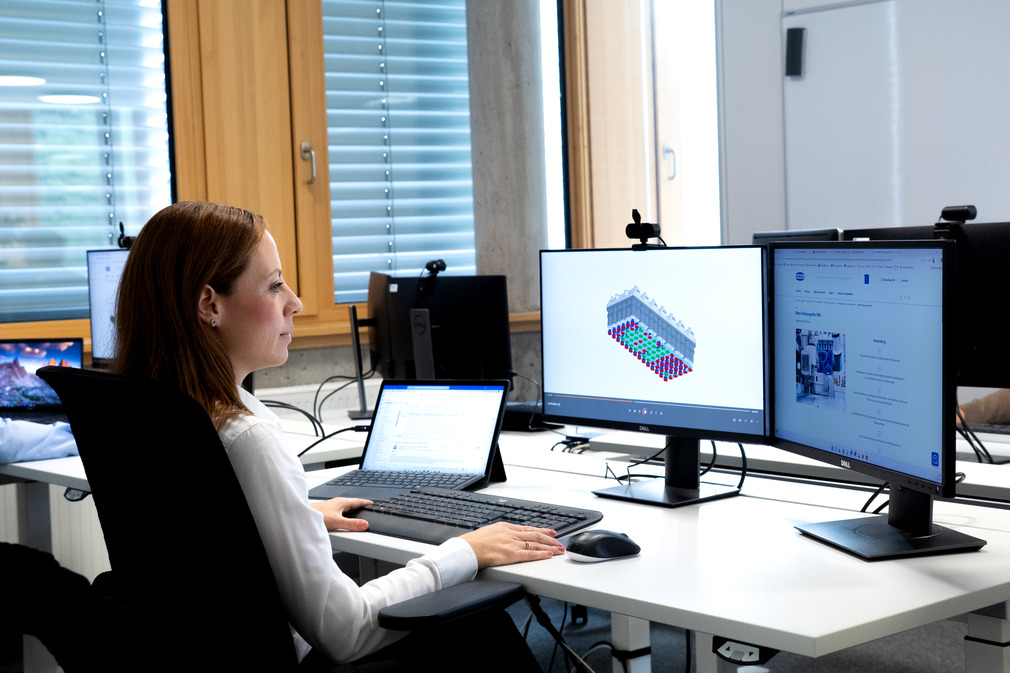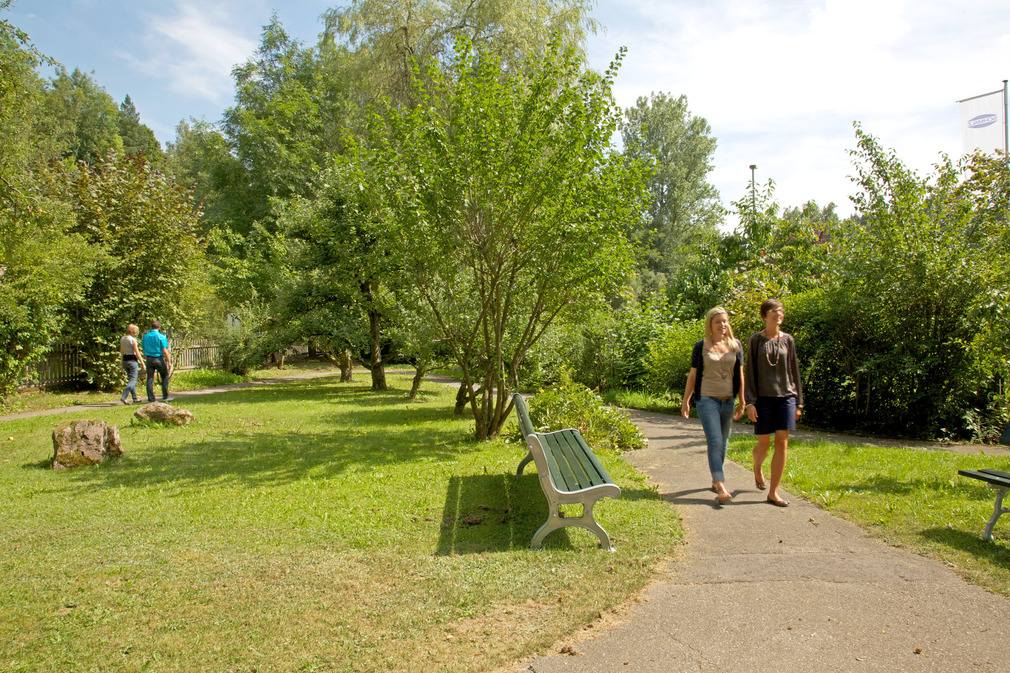Ergonomics
Ergonomics (from the Greek ergon = "work" and nomos = "law, rule") is the science of designing workplaces, products and working environments to suit human needs. The aim of ergonomics is to optimize work systems so that they adapt ideally to the physical and mental needs of people. This promotes health, safety and well-being.
Types of ergonomics
The International Ergonomics Association (IEA) emphasizes that only an interdisciplinary approach that combines physical ergonomics, cognitive ergonomics and organizational ergonomics leads to truly humane working conditions. These three pillars of ergonomics in the workplace take into account posture and movement sequences as well as mental processes, work organization and the social environment.
Physical ergonomics
Physical ergonomics deals with the optimal design of working conditions, taking into account posture, movement sequences and the avoidance of physical strain. Important factors here are, for example, the correct gripper height, the ergonomic weight when lifting and carrying loads and the use of ergonomic handles and suitable ergonomic work equipment. Such measures help to prevent back pain, postural damage and musculoskeletal disorders and are the focus of the German Workplace Ordinance and occupational health and safety at work.
Cognitive ergonomics
Cognitive ergonomics aims to reduce mental and psychological stress that can be caused by factors such as pressure to perform, fatigue or complex work processes. Aspects such as software ergonomics, user-friendliness and the avoidance of errors through good human factors engineering are particularly important here. It also helps to reduce stress and mental strain in the workplace and thus strengthen mental well-being.
Organizational ergonomics
Organizational ergonomics deals with the design of work processes and working hours in order to enable a healthy work-life balance and avoid excessive demands or insufficient demands. Flexible working time models, measures such as mindfulness training, clever break design and workplace health promotion (BGM) including sports courses promote motivation and employee satisfaction. Additional benefits such as childcare at the workplace or other employee benefits also support the compatibility of work and private life.



